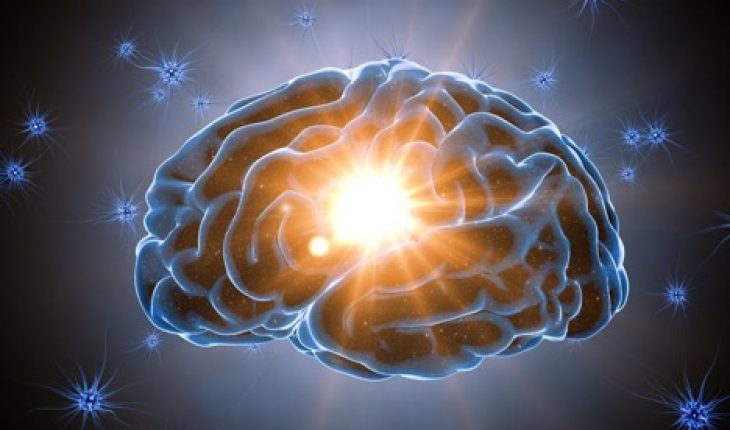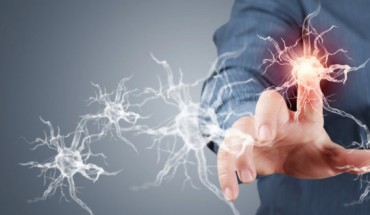It can be a common misconception that addictions are the result of poor willpower or an inability to say no. But, in reality, the science behind addiction is complex and multifaceted. Researchers now know more than ever about the underlying causes and effects of addiction. Here is some of the surprising science behind addictions.
Love and Addiction Are the Same Thing, Chemically Speaking
Addictions are characterized by the biochemical changes that occur in the brain when someone is exposed to, or deprived of, whatever they are addicted to. Research has shown that on this biochemical level, there is very little difference between what we commonly consider to be addictions – alcoholism, drug abuse, nicotine – and romantic love.
Source: http://blogs.discovermagazine.com/crux/2015/02/13/love-addiction-brain/#.XF3K6FxKjIV
Lovers exhibit behaviors very similar to addicts. They experience intrusive thinking and often find their priorities altered, changing their habits in an attempt to spend more time with the object of their love. Many times not establishing boundaries and getting overly committed can cause serious complications, not to say that being in relationships is always bad, they just need to be moderated. The intense dependence and separation anxiety are also quite similar to what addicts report experiencing.
On a biochemical level, though, lovers are remarkably similar to what we would consider traditional addicts. MRI imaging has demonstrated that romantic love activates the same regions of the brain associated with the pleasure response seen in addicts. Even a breakup is chemically similar to withdrawal symptoms. It’s clear that romantic love, on a technical level, can be considered a form of positive addiction.
Addiction is More Social Than Chemical
Early scientists studying addiction assumed that the visible symptoms were all a result of chemical processes in the brain. However, a research study called Rat Park conducted by Bruce K. Alexander in 1978 demonstrated that addiction has a strong social basis as well.
In the experiment, rats had the option to eat food laced with narcotics, a strong addictive substance, or their regular feed. Half of the rats were confined in solitary cages while the other half lived in large social enclosures named rat parks filled with play wheels and other stimulating activities. The researchers discovered that while both groups had equal access to the food source, those living in the park environment ate less and overall showed reduced signs of addiction. This discovery demonstrated the highly social aspect of addiction and has become part of how we address addiction today.
Source: https://the-mouse-trap.com/2008/02/11/the-rat-park-addiction-and-environmental-factors/
Withdrawal, Detox, and Recovery
The biggest obstacle for treatment of addictions is combating withdrawal symptoms, which can include anything from headaches to tremors. Fighting these symptoms often includes medication, but to ensure recovery, the addiction itself must be addressed.
There are a variety of treatment methods. Some of the most common include behavioral counseling, treatment of accompanying disorders like depression, and rehabilitation centers that focus on providing a full spectrum of care throughout the detox process.
Source: https://www.addictionsandrecovery.org/withdrawal.htm
The Opioid Crisis
There is growing concern surrounding the opioid crisis as rates of fentanyl and oxycodone addiction, among others, are rising. When opioids were first introduced in the 1990s, there was not a clear understanding of their addictive quality. As they became more commonly prescribed, however, their highly addictive nature quickly surfaced.
One of the most commonly prescribed opioid is fentanyl, which is frequently given to cancer patients to relieve severe chronic pain. However, it is estimated that in 2017, 11.4 million patients misused their opioid prescription and over 47 thousand people died from an overdose of either prescription or non-prescription opioids. Increasing understanding of how opioids impact the body and improving access to better pain treatments can help combat what has become a growing public health issue.
Source: https://www.therecoveryvillage.com/fentanyl-addiction/treatment-rehab/
It’s clear that addiction is a much more complex condition than it appears at first. With a better understanding of the underlying mechanisms, doctors and researchers can work towards creating more effective preventative and treatment plans to aid those experiencing addiction.
Here are two other articles that we think you’ll find interesting:




